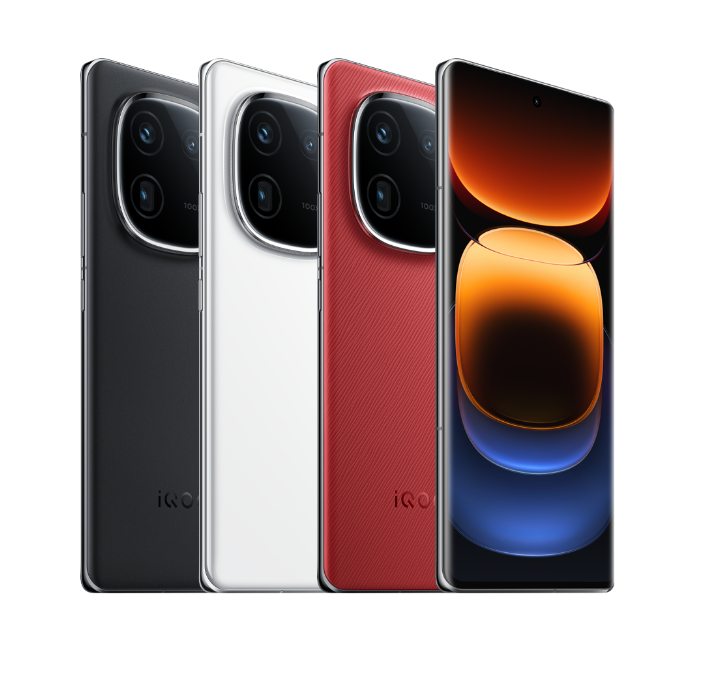The rumor mill is now gradually spilling details about the upcoming flagships that are expected to launch in the last quarter of this year in China. Among other brands, Vivo is expected to unveil the Vivo X200 and X200 Pro with the Dimensity 9400 chip onboard, while the iQOO 13 series is expected to arrive with the Snapdragon 8 Gen 4. There have been some rumors that claim that the iQOO 13 Pro will be skipped this year.
iQOO’s Pro-branded flagships may get axed

Several factors seem to have influenced iQOO’s strategic decision to not launch the iQOO 13 Pro in China this year. One significant aspect contributing to this decision could be the historical performance of the Pro variants in the iQOO lineup. Rumors have circulated suggesting that iQOO has been contemplating discontinuing the Pro variant since the iQOO 11 generation due to lacklustre sales. According to a known tech blogger from China, the trend has persisted for two generations, indicating that there might be inherent challenges or limitations associated with positioning a Pro variant within the iQOO brand.
Part of the challenge lies in brand positioning and market perception. iQOO, as a sub-brand of Vivo, has been successfully carving out a niche in the performance-driven segment. However, it still faces significant challenges in establishing itself as a standalone brand with sufficient brand power to support a Pro variant in China.
Moreover, considering that previous Pro models, such as the iQOO 12 Pro, 11 Pro, 10 Pro, 9 Pro, and so on, haven’t launched outside of China, while some of their standard (non-Pro) counterparts have made it to the global market, there might be reservations about the viability of the Pro models beyond China. The brand’s experimentation with Pro variants in China over the past years, coupled with reportedly poor sales, suggests that even in its domestic market, the brand may not be confident in the potential success of a Pro version.
As it’s known, the parent brand, Vivo, has traditionally focused on delivering flagship smartphones with a strong emphasis on the photography experience. This creates a potential conflict for the iQOO Pro series, especially if it overlaps with the main brand’s offerings. To recall, last year’s iQOO 12 series came equipped with periscope telephoto cameras for enhanced photography. Moreover, the Vivo X100 Pro and iQOO 12 Pro carried the same starting price of 4,999 Yuan (~$690) last year.
Furthermore, the dynamics of the smartphone market play a crucial role in shaping product strategies. Competitors such as OnePlus have also experimented with Pro variants but eventually discontinued them. This suggests that there may be challenges associated with sustaining a Pro lineup within a sub-brand, particularly if it does not resonate with consumer preferences or market demands.
In response to these challenges, leaks indicate that Vivo and iQOO have opted for a more distinct differentiation strategy for their upcoming models. The iQOO 13 is rumored to focus on a 2K flat OLED display, Snapdragon 8 Gen 4 chip, and imaging capabilities, while the Vivo X200 is expected to offer a slightly different proposition with a 1.5K OLED curved-edge display, Dimensity 9400 chipset, and imaging features tailored to a different segment of consumers. The X200 is expected to launch in October, whereas the iQOO 13 series may go official in November.
Considering the historical performance of the Pro variants, market dynamics, and brand positioning, it seems logical for iQOO to forego the launch of the iQOO 13 Pro in China this year. Instead, the company may prioritize enhancing the standard iQOO flagship (iQOO 13) by incorporating additional features and improvements that would typically be offered on the Pro version.







